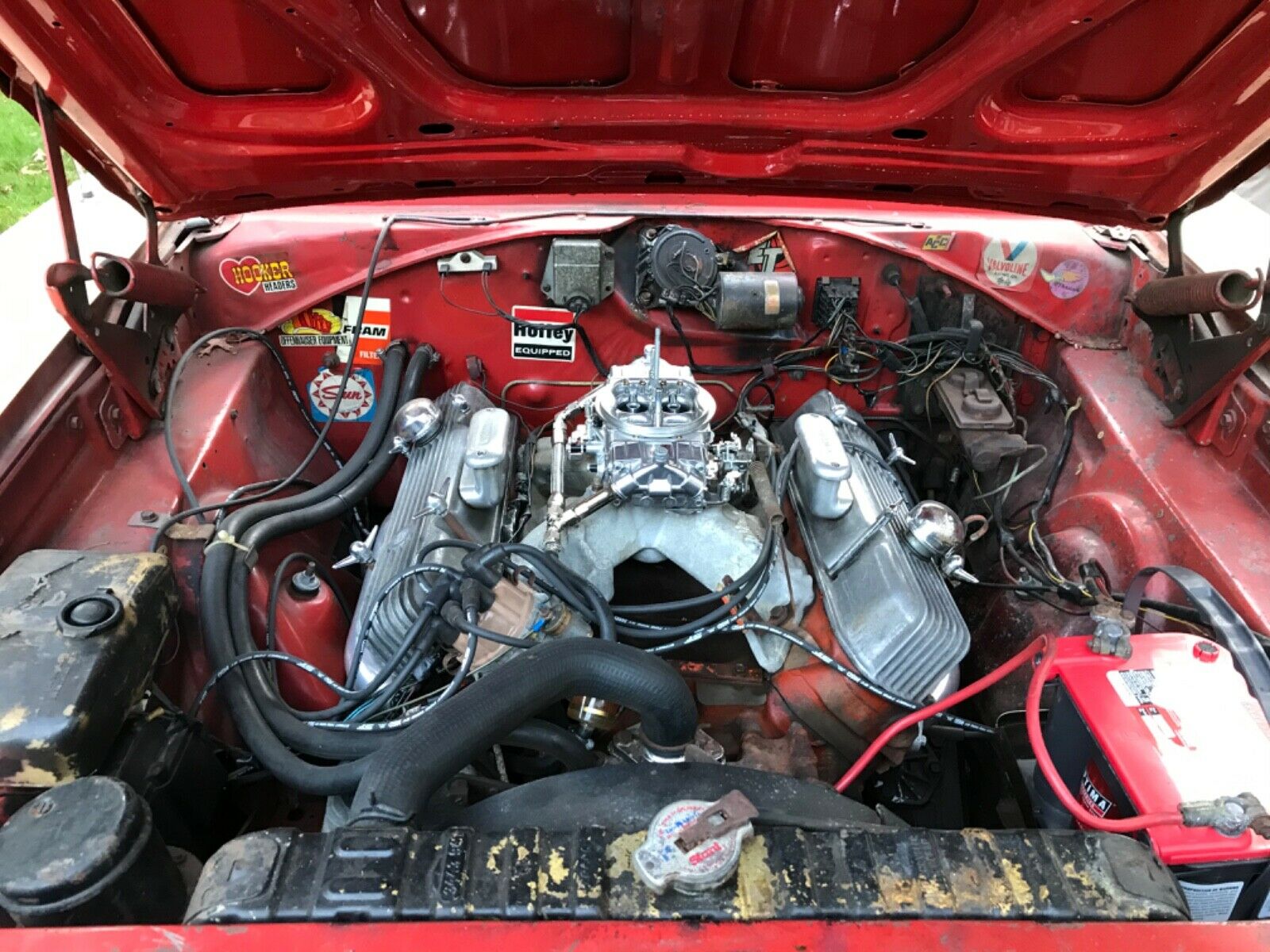

People with autism also seem to discount visual information and rely more on proprioception, or their internal sense of their body’s position, than typical people do when learning to use a new tool. Other evidence implicates weak connections between sensory and motor regions and atypical activity in a network important for motor planning 9. Their motor issues may also stem from less connectivity between the inferior parietal lobe, a region involved in hand-eye coordination and the cerebellum, which helps guide and correct movements 8. For instance, children with autism have decreased synchrony in the activity between their visual and motor regions the less synchronization there, the more severe their social deficits, based on a standard scale. Some researchers say that particular motor issues may help distinguish syndromic forms of autism from non-syndromic autism, but this idea remains unproven.ĭifferences in connectivity between brain regions could help explain some autistic people’s motor difficulties. Other studies have found that children on the spectrum have more motor issues than do typical controls who are matched for intelligence quotient 7. For example, people with autism who carry spontaneous mutations have an increased likelihood of motor problems, regardless of whether they have intellectual disability, according to a 2018 study. And some ‘syndromic’ forms of autism - those that have a single genetic cause - include particular motor issues among their defining characteristics: People with Phelan-McDermid syndrome often have low muscle tone, and children with dup15q syndrome tend to have a characteristic gait.Īlthough motor issues tend to be most severe in autistic people who have intellectual disability, they can affect anyone on the spectrum. For example, every one-month delay in beginning to walk increases a child’s odds of having a spontaneous mutation in an autism gene by 17 percent, according to a 2017 study 6. Some mutations that predispose people to autism may also contribute to motor issues. How are motor problems linked to genetic factors that influence autism? Other motor issues can include struggling to grasp objects or sit up, and not clapping and pointing 2 ,5. And at 14 months - an age when most typical children are able to walk - autistic children may still be unable to stand. By about 4 months of age, a typical child can keep her head in line with her shoulders when pulled up into a sitting position, but a baby with autism often lacks that strength, and her head will flop back 4. For instance, 1-month-old infants who are later diagnosed with autism tend to move their arms less than typical infants do 3. These difficulties can range from mild to severe and can impact any motor system of the body 2.
CATCH A LOVER ENGINE SERIES
Still others seem to have trouble with actions requiring hand-eye coordination, such as catching a ball or imitating the movements of others, and with planning a series of movements or gestures, known as praxis.

Others may have low muscle tone and problems maintaining their posture or balance. Some may have trouble coordinating movements between the left and right side of the body among different limbs, making it difficult to do actions like pumping their legs on a swing, jumping, skipping or hopping. They may have gross-motor problems, such as a clumsy, uncoordinated gait and difficulties with fine-motor control, such as manipulating objects and writing. What types of motor issues do autistic people have? They also call on researchers to better assess motor difficulties in autistic people and for clinicians to treat these problems, especially because motor setbacks may have consequences far beyond simply impeding movement. Here, we describe what experts know about the causes, characteristics and consequences of motor difficulties, which they say are among the least understood and most neglected aspects of autism. And yet, despite their prevalence, motor problems are not considered a core trait of autism, because they also occur with other conditions, such as Down syndrome, cerebral palsy and attention deficit hyperactivity disorder. These issues are distinct from the repetitive behaviors considered to be a hallmark of autism. Most autistic people - 87 percent, according to the latest estimate - have some sort of motor difficulty, ranging from an atypical gait to problems with handwriting 1.


 0 kommentar(er)
0 kommentar(er)
